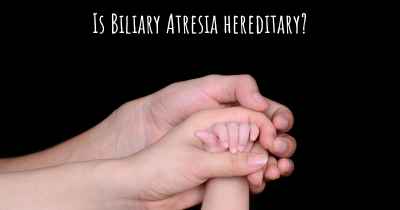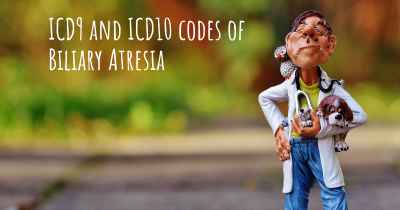What are the latest advances in Biliary Atresia?
Here you can see the latest advances and discoveries made regarding Biliary Atresia.

Biliary atresia is a rare and life-threatening liver disease that affects infants. It is characterized by the absence or obstruction of the bile ducts, which leads to the accumulation of bile in the liver and causes liver damage. Over the years, significant advances have been made in the diagnosis and treatment of biliary atresia, offering hope for affected infants and their families.
Early Diagnosis
Early diagnosis plays a crucial role in the management of biliary atresia. Medical professionals have developed screening programs to identify the disease in newborns. These programs involve performing a simple blood test called the direct bilirubin test, which measures the levels of bilirubin in the blood. Elevated levels of bilirubin can indicate a potential problem with the bile ducts. Early detection allows for prompt intervention and improves the chances of successful treatment.
Kasai Procedure
The Kasai procedure, also known as hepatoportoenterostomy, is the primary surgical treatment for biliary atresia. It involves removing the damaged bile ducts and creating a new pathway for bile drainage from the liver. While the Kasai procedure is not a cure, it can significantly improve the prognosis for affected infants. Advances in surgical techniques and perioperative care have led to better outcomes and increased survival rates for patients undergoing this procedure.
Liver Transplantation
For infants who do not respond well to the Kasai procedure or present with advanced liver disease, liver transplantation may be the only viable option. Recent advances in liver transplantation techniques have greatly improved the success rates and long-term outcomes for biliary atresia patients. Living donor liver transplantation, where a portion of a healthy liver is transplanted from a living donor, has become a viable alternative to deceased donor transplantation. This approach allows for shorter waiting times and better outcomes for infants in need of a transplant.
Research and Genetic Studies
Ongoing research and genetic studies have provided valuable insights into the underlying causes of biliary atresia. Scientists have identified genetic mutations associated with the disease, which has opened up new avenues for targeted therapies. Understanding the genetic basis of biliary atresia may lead to the development of novel treatment strategies and potential gene therapies in the future.
Supportive Care and Multidisciplinary Approach
Alongside medical and surgical interventions, the importance of supportive care and a multidisciplinary approach cannot be overstated. Healthcare teams consisting of hepatologists, surgeons, nurses, dieticians, and social workers work together to provide comprehensive care for infants with biliary atresia. This approach ensures that the physical, emotional, and social needs of both the child and their family are addressed throughout the treatment journey.
Conclusion
Biliary atresia remains a challenging condition, but significant progress has been made in recent years. Early diagnosis, advancements in surgical techniques, liver transplantation options, genetic studies, and comprehensive care have all contributed to improved outcomes for infants with biliary atresia. While there is still much to learn and accomplish, these latest advances offer hope for affected infants and their families, paving the way for a brighter future.








